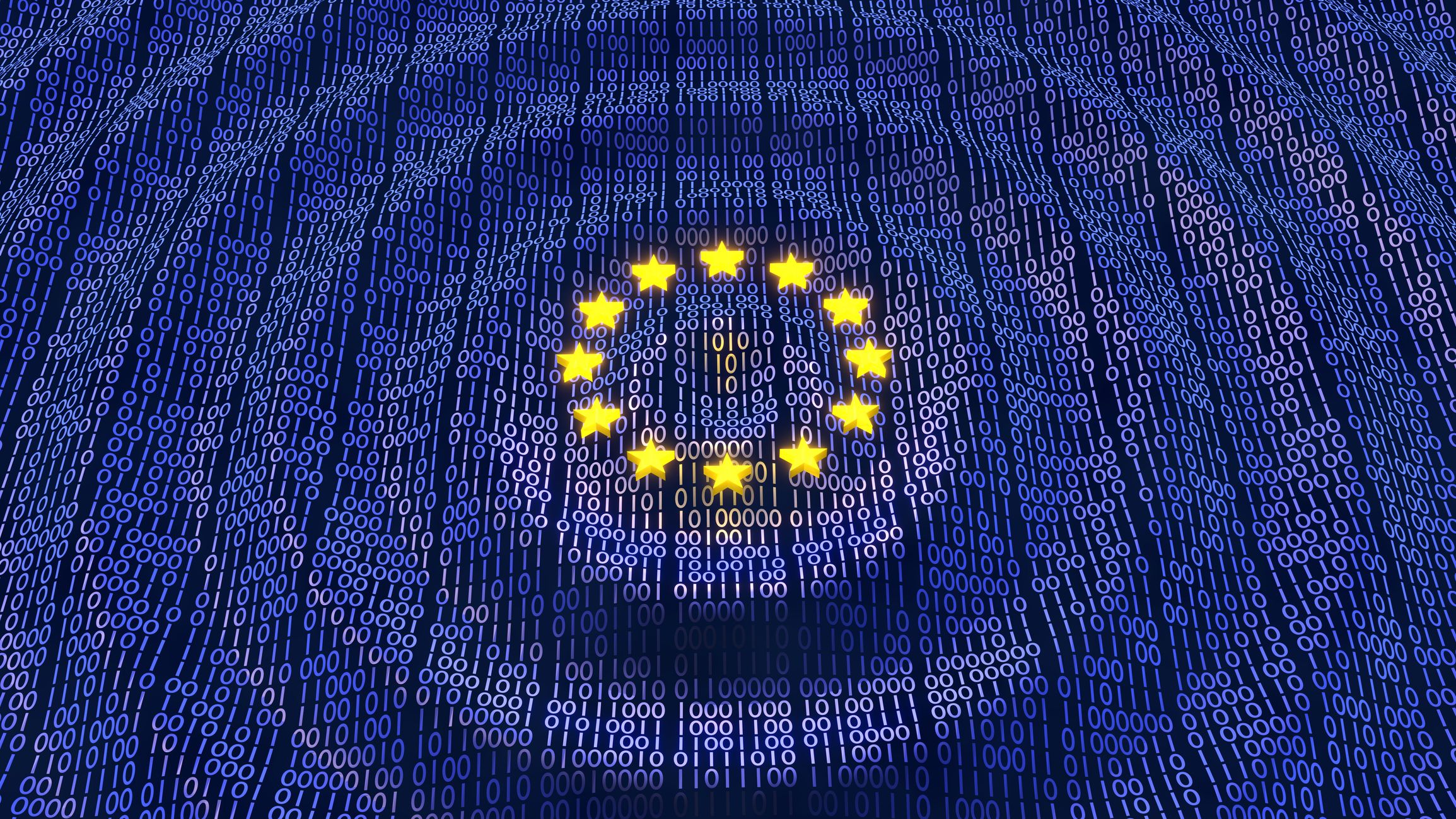
"The recent ENISA report makes it clear that phishing is still the leading entry point for attackers. What's interesting is how the technique is being reshaped by AI,"
"As shown in the report, attackers don't need to innovate while they continue to see success with tried-and-true techniques. Instead, they can make these methods more impactful with generative models that allow the creation of highly convincing and context-aware campaigns."
"Vulnerability exploitation, which accounts for 21.3% of all attacks according to ENISA, is continually seen as a problem for businesses,"
"The challenge is that organisations often have difficulty with visibility and prioritization; they need both a central"
State-aligned threat groups have intensified operations targeting EU organizations, conducting cyberespionage against public administrations and spreading misinformation. Public administration is the top target at 38%, with transport at 7.5%, digital infrastructure and services at 5%, finance at 4.5% and manufacturing at 3%. Hacktivism accounted for almost 80% of incidents, mainly low-impact DDoS attacks, and only 2% caused service disruption. Phishing (including vishing, malspam and malvertising) is the initial intrusion method in about 60% of cases. Vulnerability exploitation represents 21.3% of attacks. Generative AI is being used to make phishing campaigns more convincing and context-aware.
Read at IT Pro
Unable to calculate read time
Collection
[
|
...
]